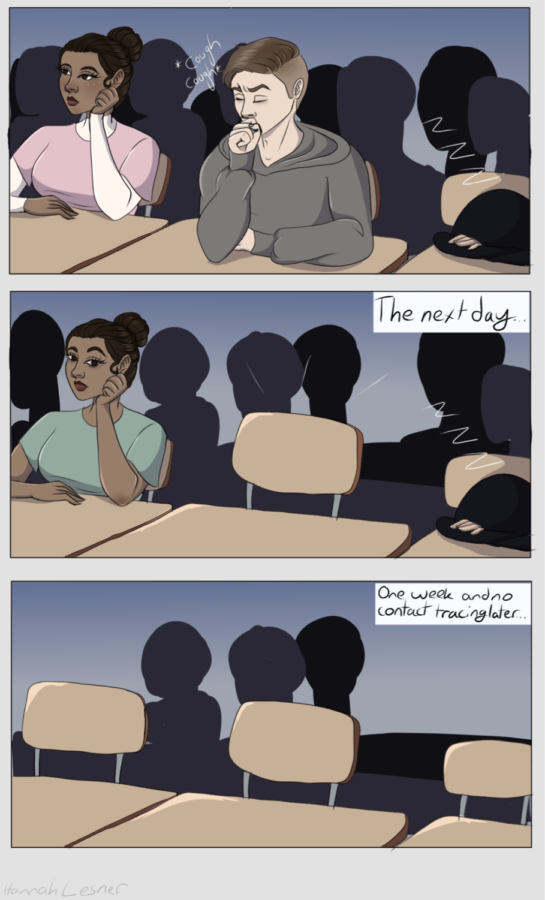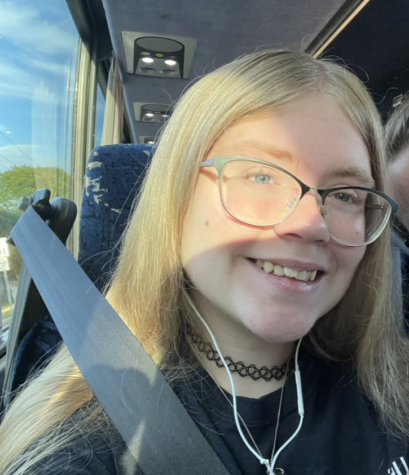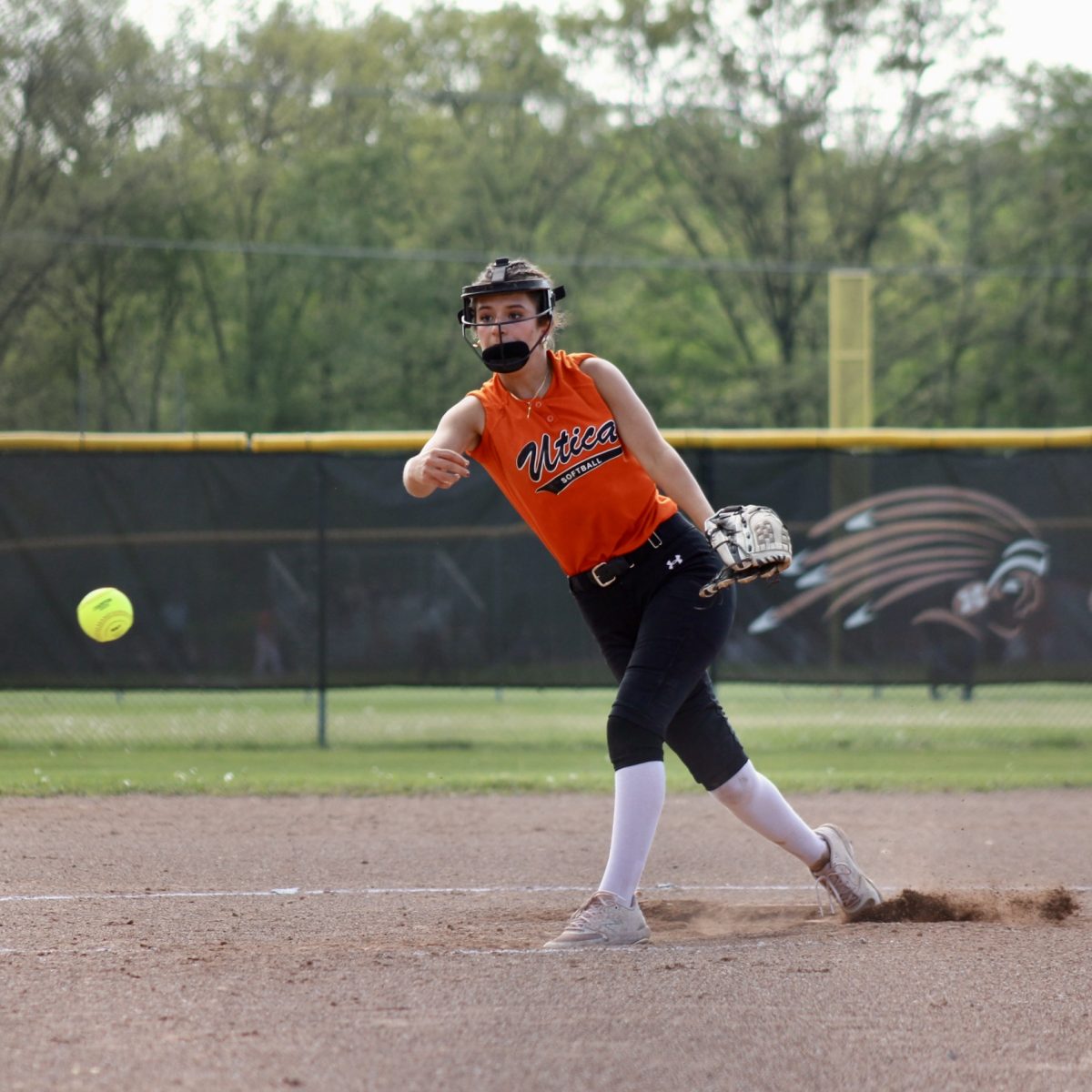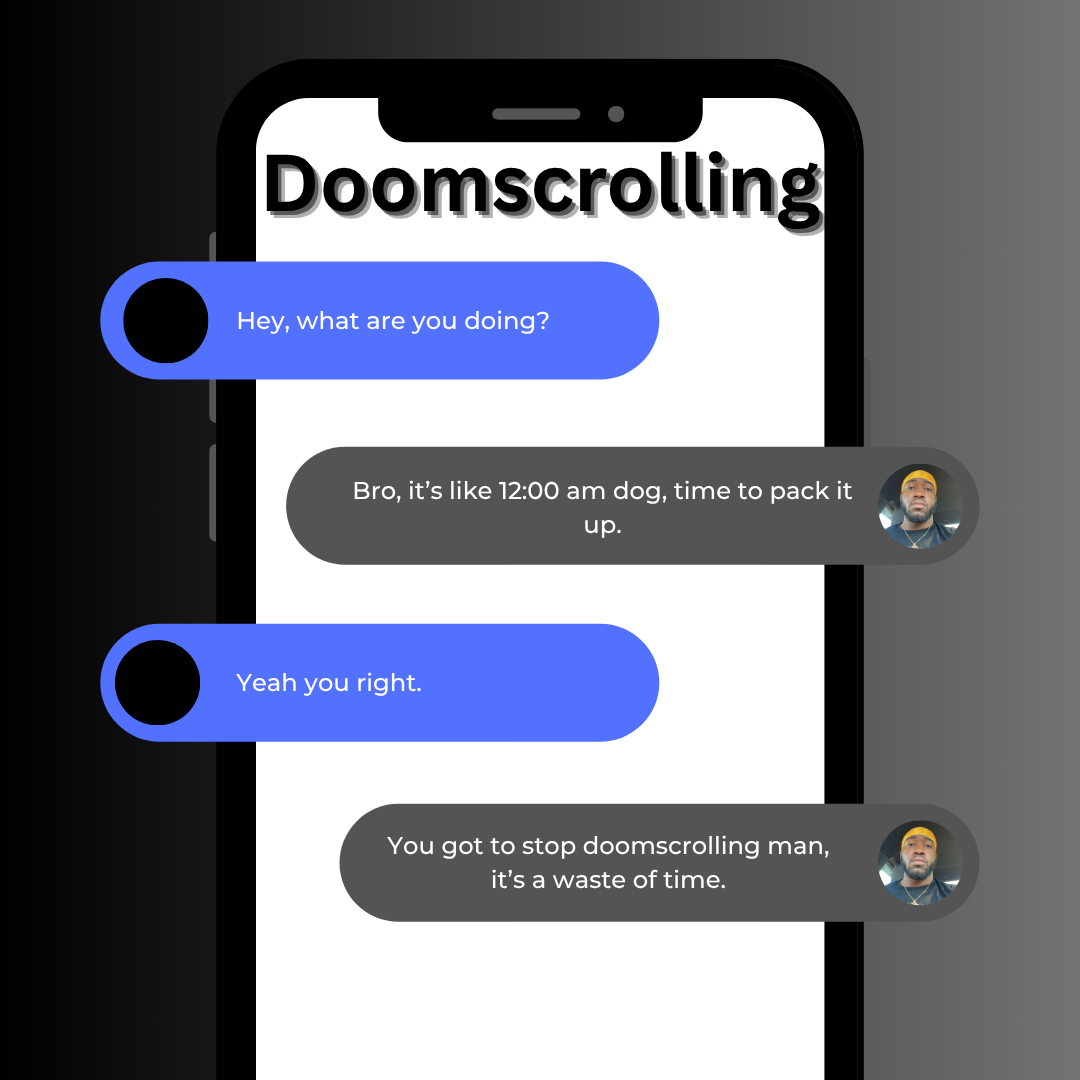Contact tracing. Some say it helps with mental health, others say it’s a step in the wrong direction.
March 29, 2022
The Macomb County Health Department made the decision to stop contact tracing at schools, and our staff is slightly divided on whether we agree with it or not.
Most of our staff is in favor of no more contact tracing and individual quarantine.
Previously, when a student came in contact with someone who tested positive for COVID-19, they would be individually notified and sent home, regardless of whether they were showing symptoms or not. Lots of our staff disagreed with this and believe that it was unnecessarily sending home kids that weren’t sick.
Most of our staff likes the new guidelines because the Omicron variant is not as severe as other variants, meaning it shouldn’t require such intense protocols. Despite being more contagious, people who contract the Omicron variant often don’t show any severe symptoms, if any at all.
Another reason a majority of our staff prefers the old guidelines is because they believe constant quarantining was detrimental to students’ mental health. Being isolated all day made students feel like they were trapped and a lot of students prefer in person learning, especially due to the interaction aspect.
They believe that students’ grades and motivation also began to slip while in quarantine. Many members of our staff say that some of their teachers did not provide Teams meetings for their quarantined students, and some students felt like they were left to “teach themselves.”
Home is not a suitable learning environment for many kids, as there are many more distractions than there would be at school. Most of our staff believes that this caused a drop in motivation for quarantined students, and the constant isolation and distractions caused by a poor learning environment made students feel like every day was the same, and they had nothing to look forward to while in quarantine.
Despite this, a small portion of our staff liked the previous guidelines better and don’t think the new rules will be as affective in stopping the spread.
Now, if a student tests positive for COVD-19, their entire classroom will be notified and no one is forced to quarantine, only asked to stay home if they begin to show symptoms of COVID-19.
One major reason that some of our staff prefers the old guidelines is because the new rules don’t take asymptomatic people into account. Not everyone who catches COVID-19 presents with symptoms, and people who don’t show symptoms can spread it just as easily as people who do show symptoms. With these new guidelines, asymptomatic people pose the risk of infecting others due to the lack of quarantining.
A large portion of the student body is vaccinated, but that isn’t a significant enough precaution in the eyes of some of our staff. People who are vaccinated can still catch and spread COVID-19, so they believe we shouldn’t leave everything up to vaccines and implement other precautions.
The debate between our staff seems to be between prioritizing mental health or physical health. We all hope that our communities can make a decision that keeps people safe while also protecting the mental health and stability of people affected by intense quarantine rules.













